South Central Coastal Research Projects
What does the future of our coasts look like?
Sea-level rise is a serious issue facing the South Central US, especially the coasts of Texas and Louisiana, the South Central CASC is committed to continued research into the effects and potential solutions related to sea-level rise. Below are a few coastal research projects funded by the South Central CASC.
Click on the project’s name below to access the projects page.
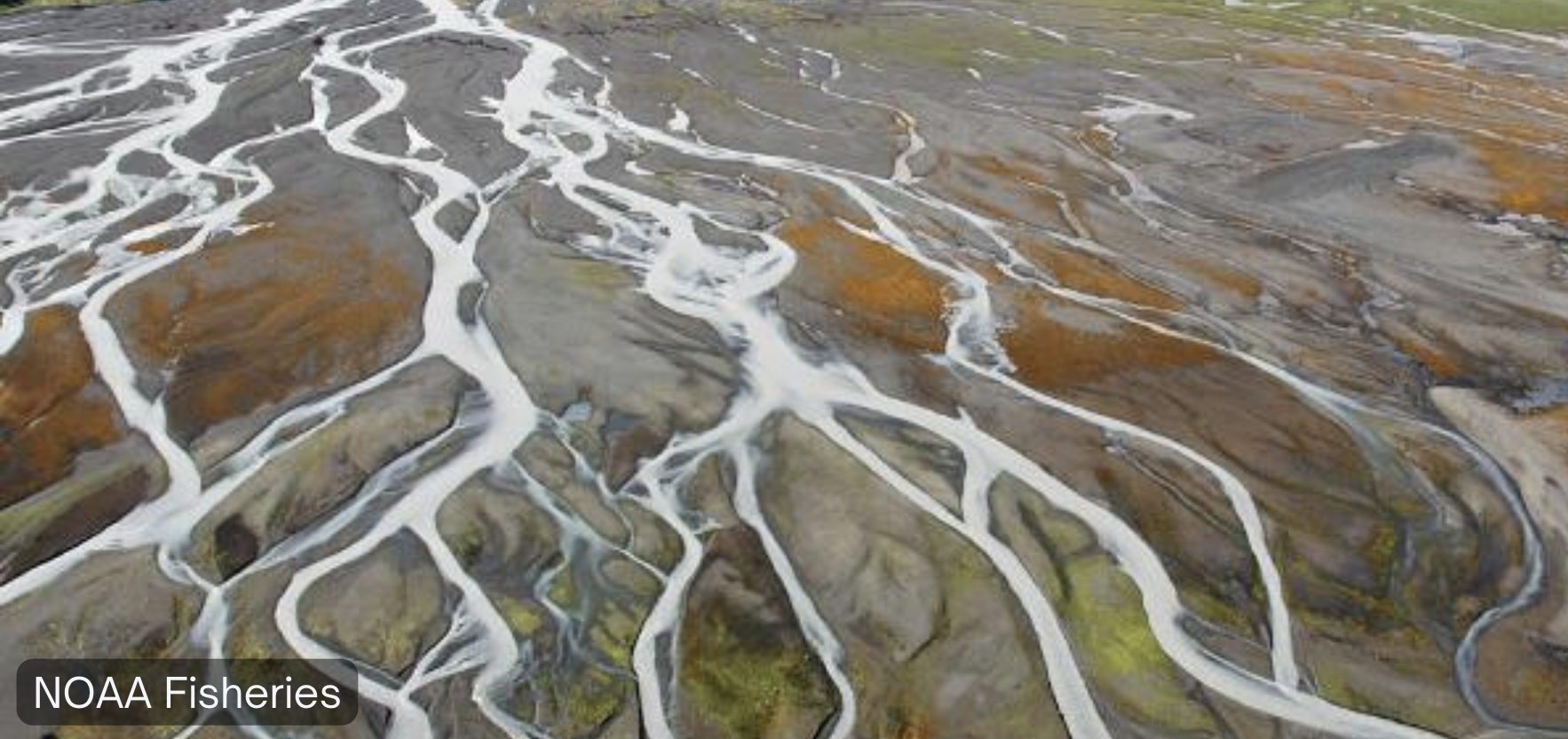
Enhancing the Capacity of Coastal Wetlands to Adapt to Sea-Level Rise and Coastal Development
Michael J. Osland 2016-2018
Coastal wetlands are valuable ecosystems that provide many benefits. But, they are under threat because of sea-level rise and coastal development. Implementing landscape conservation design approaches can be an effective way to address these challenges. The researchers determined areas of coastal wetland migration along the Gulf Coast and created localized scaled maps. They used these maps to host workshops to guide estuary managers and build coastal resilience.
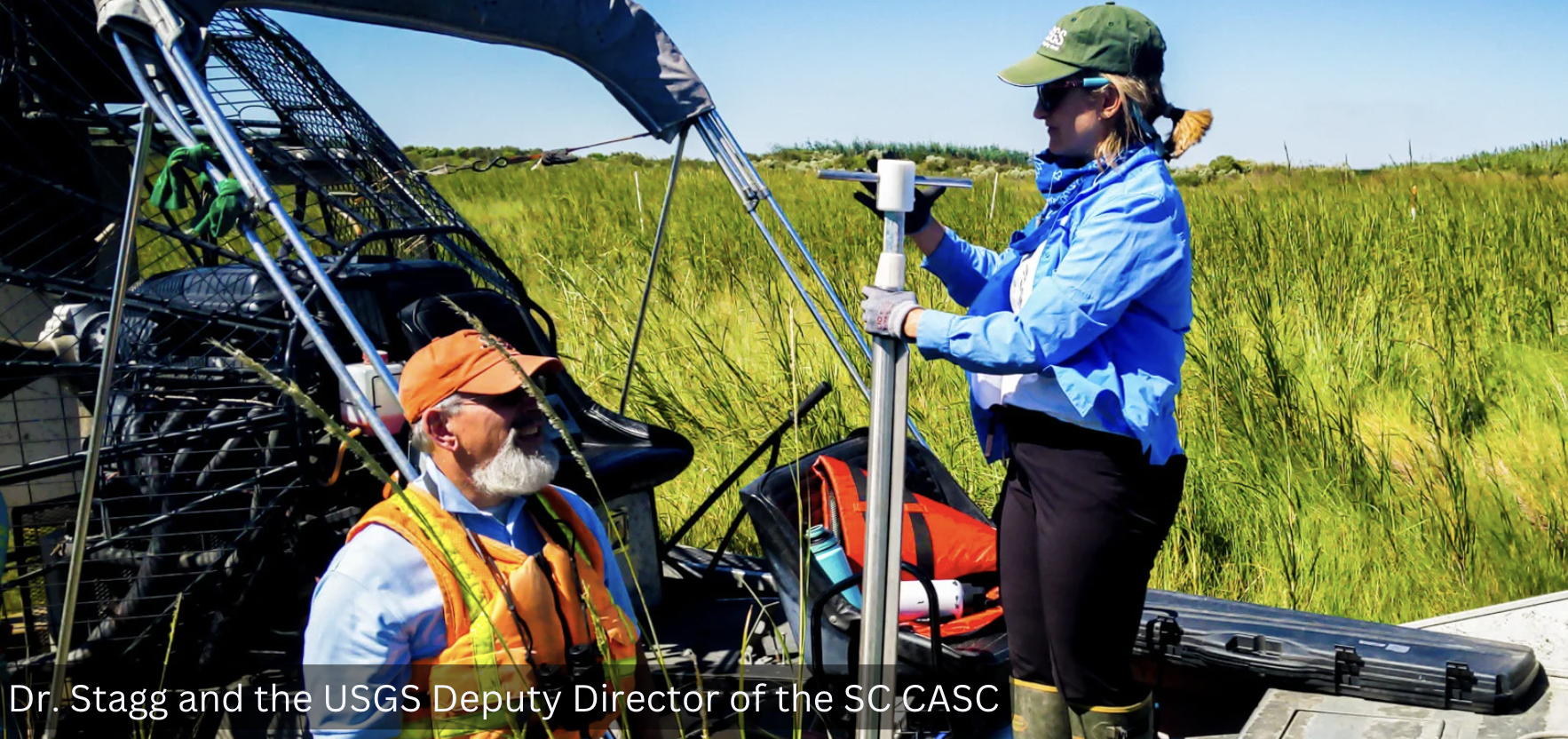
Understanding Impacts of Sea-Level Rise and Land Management on Critical Coastal Marsh Habitat
Camille L. Stagg 2020-2022
Coastal marshes offer protection against storm surges and erosions. This makes them important for balancing the ecosystems. But, sea-level rise and human-caused changes are a threat. This makes them at risk of flooding and erosion. Also, land loss from sea-level rise can release carbon, which can contribute to climate change. The researchers found that sustainable land management practices are very important because of the changing nature of coastal ecosystems and the threat of sea-level rise. They then shared their findings with a variety of resource managers.
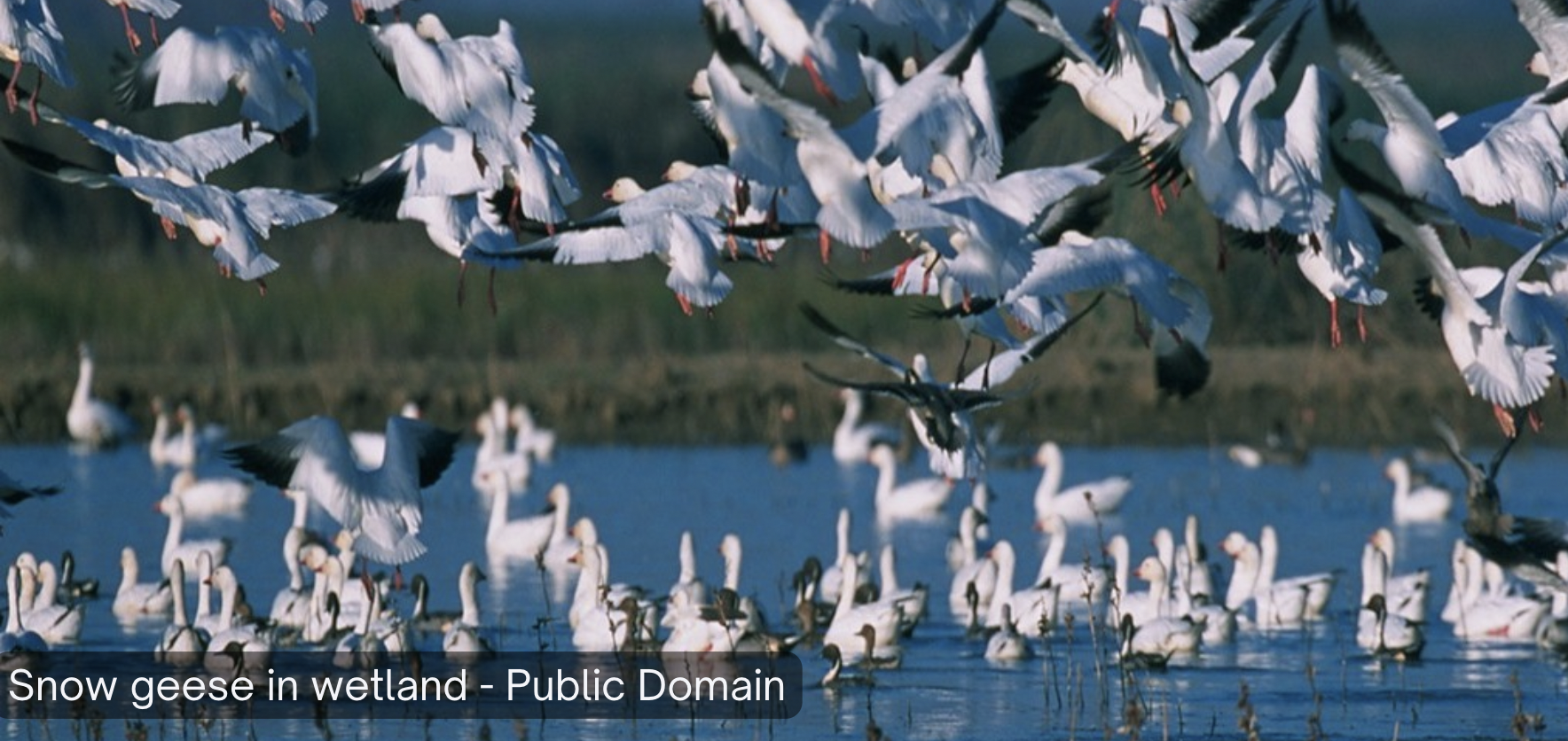
Megan La Peyre 2012-2015
Submersed Aquatic Vegetation (SAV) are plants that grow underwater in coastal areas. They play a vital role in coastal ecosystems for many reasons. For example, they provide wildlife habitat, improve water quality, and protect against erosion. Sea-level rise affects SAV by reducing light availability. This impacts their growth and the ecosystem balance. Water quality, temperature, and salinity interact with sea level rise, which in turn intensifies stress on SAV and human activity can worsen this stress. The researchers sampled sites along the coast where waterfowl flock. They then collected and analyzed the data. Managers will use the data to provide a consistent baseline dataset of SAV resources.
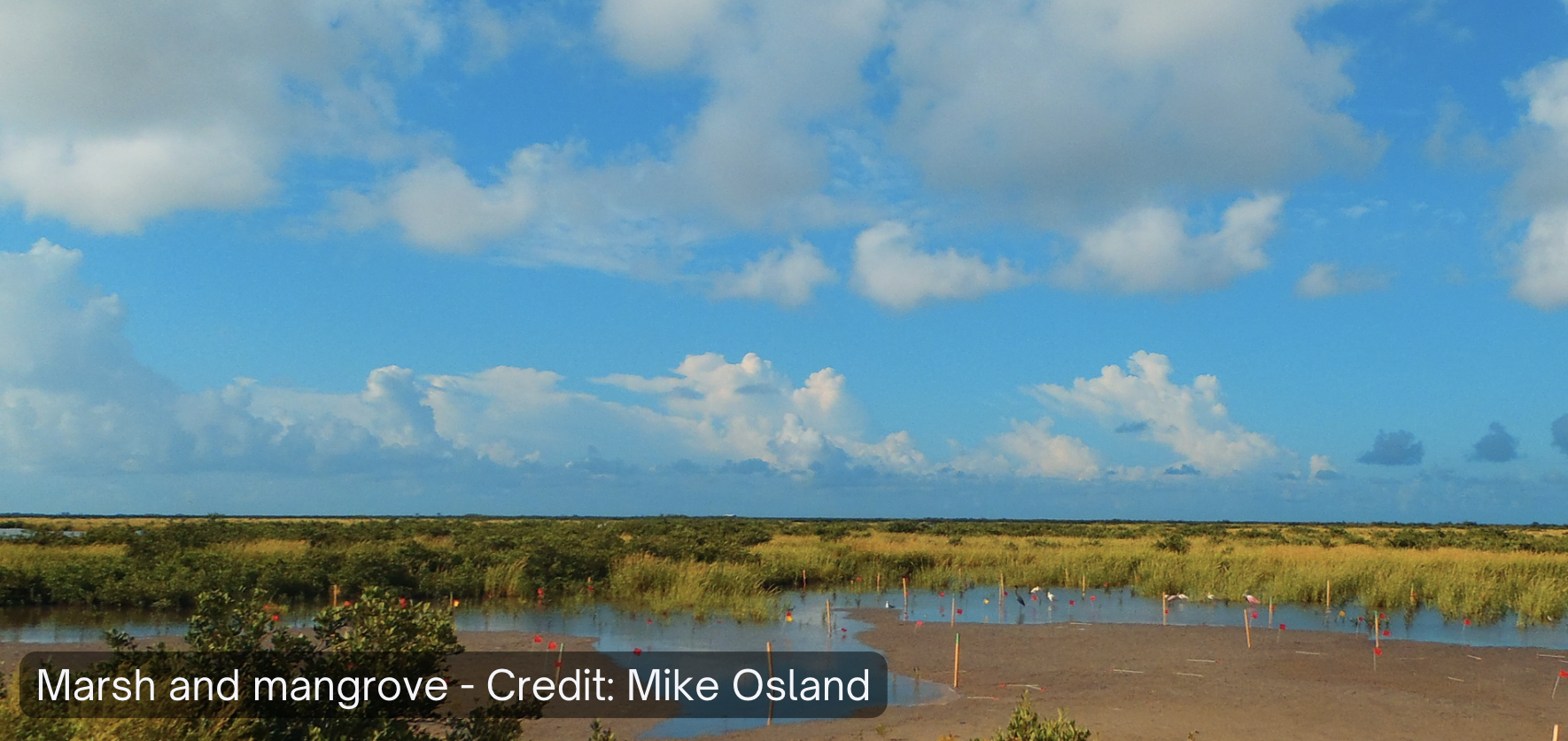
Establishing a Foundation for Understanding Climate Change Impacts on Coastal Wetland Ecosystems
Michael J. Osland 2013-2015
Coastal ecosystems face complex challenges from many macroclimatic drivers. Macroclimatic drivers occur on a large scale and are the forces that cause other things to happen. These drivers include rising sea levels, temperature changes, shifts in precipitation patterns, and storms. It is important to consider all these factors together in order to understand the impacts of climate change on the environment. Osland and his team evaluated the impacts of climate change on coastal wetlands. They found that the macroclimatic drivers influence the types of plants found in wetlands and the carbon cycle. Using their findings, the team organized workshops for estuary managers along the Gulf Coast. They highlighted the importance of including macroclimatic drivers into management strategies. This is to strengthen the ability of wetlands to withstand change.
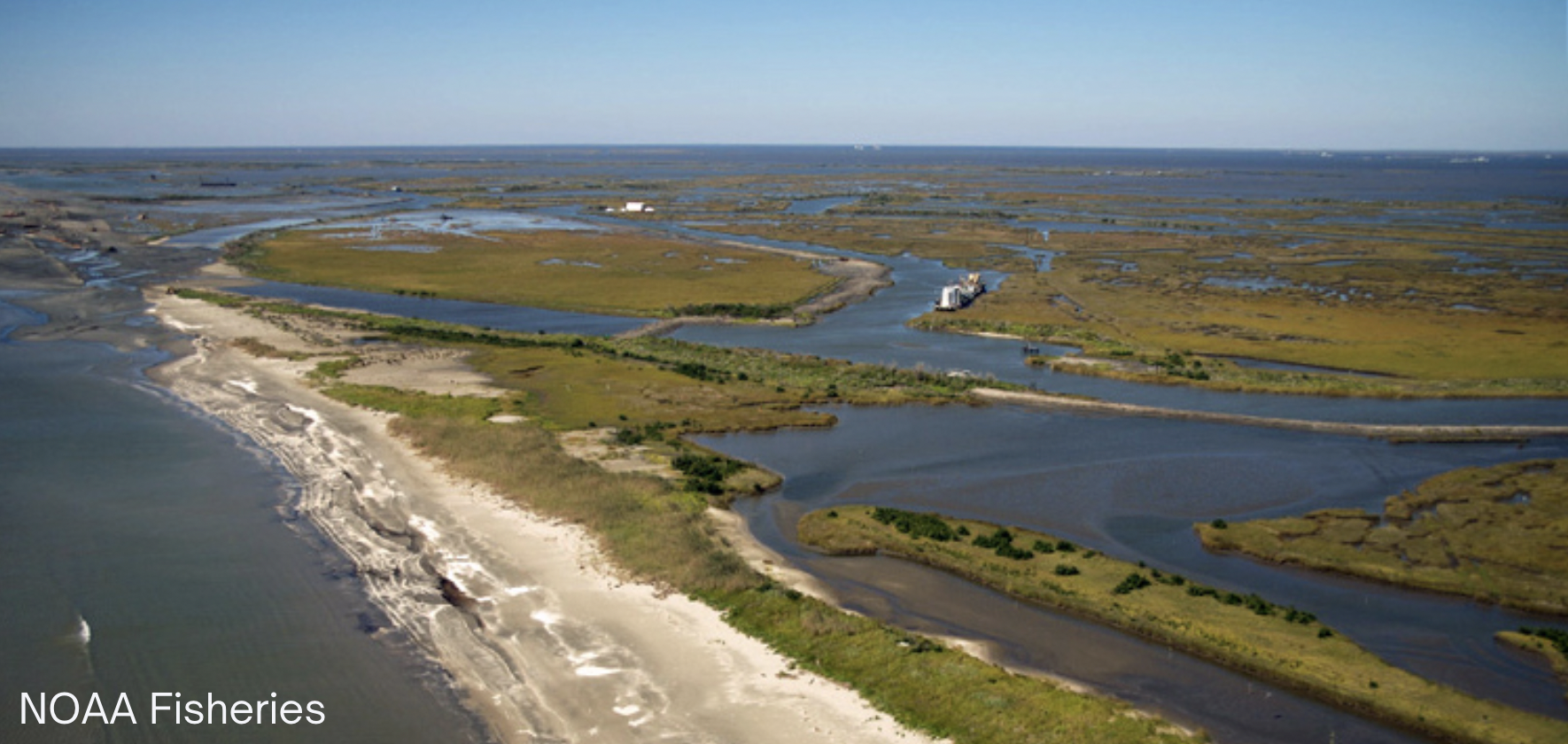
Kory Konsoer 2022-2024
Sea-level rise is a serious threat to the coast of Louisiana. It affects land loss at important Native American cultural and historical sites. Archaeologists, scientists, tribes, and the National Park Service formed a collaborative research team. The goal of this team is to study Native American sites that are at risk from rising sea levels. They will use their findings to create plans for managing these sites. The project will bring together scientific knowledge and input from the community. They will advise research managers on how to protect Louisiana’s cultural heritage. The findings will serve as a model for dealing with the challenges of climate change and will show the importance of planning ahead and taking care of our environment.
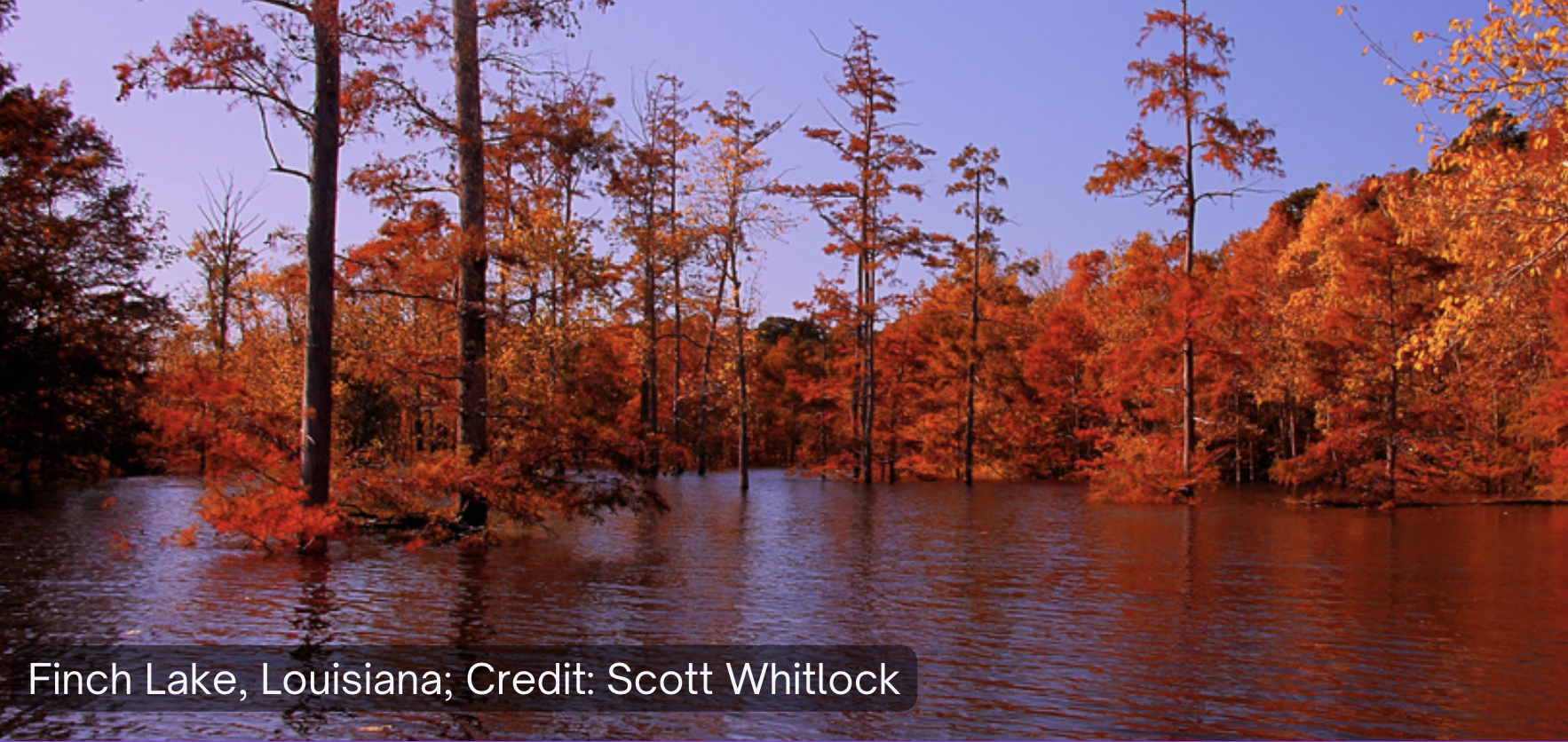
Michael Polito 2021-2024
Coastal Louisiana is experiencing a serious problem where land is disappearing. This is due to rising sea levels, climate change, and other reasons. The rapid loss of coastal wetlands threatens ecosystem services and biodiversity. To tackle this issue, scientists are looking into strategies for restoring the wetlands. This involves creating new wetland areas and reconnecting them with the Mississippi River. But, it is still unclear how effective these strategies are. It is also unclear how they interact with the management of freshwater resources. So, this project will study the results of freshwater restoration and creating new marshes. The findings will be used for making informed decisions and building wetland resilience.
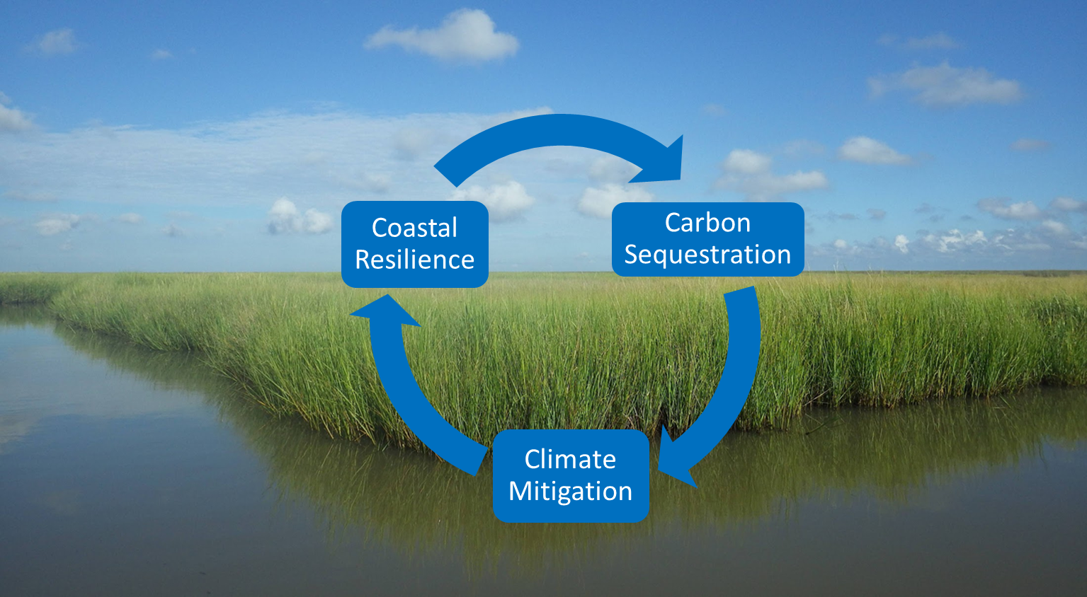
Developing a Decision Support Tool to Inform Louisiana’s Climate Change Adaptation Strategy
Camille Stagg 2022-2025
The state of Louisiana is working to address sea-level rise and climate change. They wish to achieve this by developing a Climate Action Plan. This plan aims to reach net zero greenhouse gas emissions by 2050 by emphasizing the importance of coastal wetlands and natural lands in capturing and storing carbon. This is because they play an essential role in reducing greenhouse emissions. This project will create a decision-support tool to estimate the amount of carbon the land can store. Also, the project will determine how different management strategies and climate situations affect coastal wetlands. This project contributes to the efforts of building resilience and adaptation, and it highlights the value of preserving and restoring natural land. This tool will assist decision-makers and the general public.